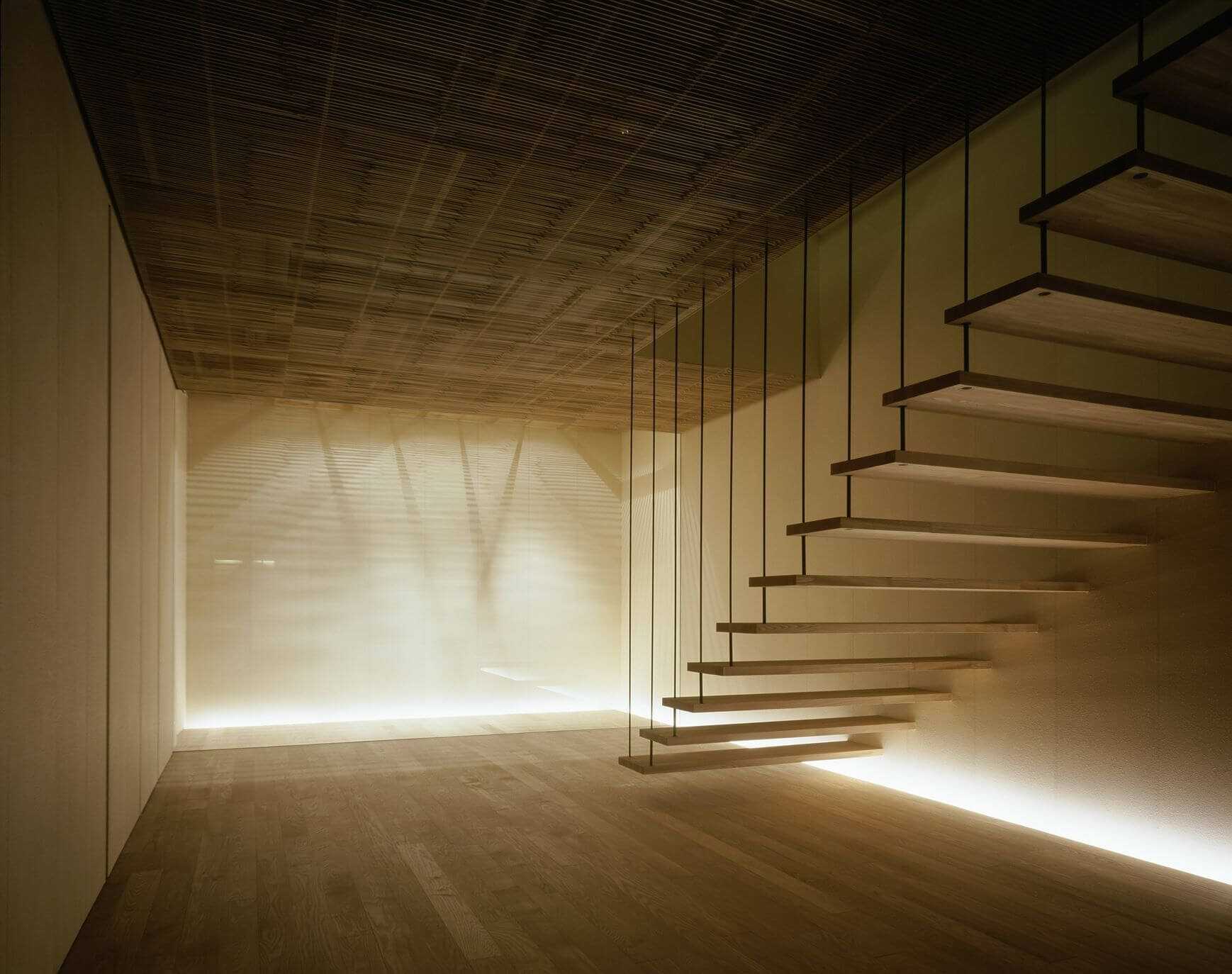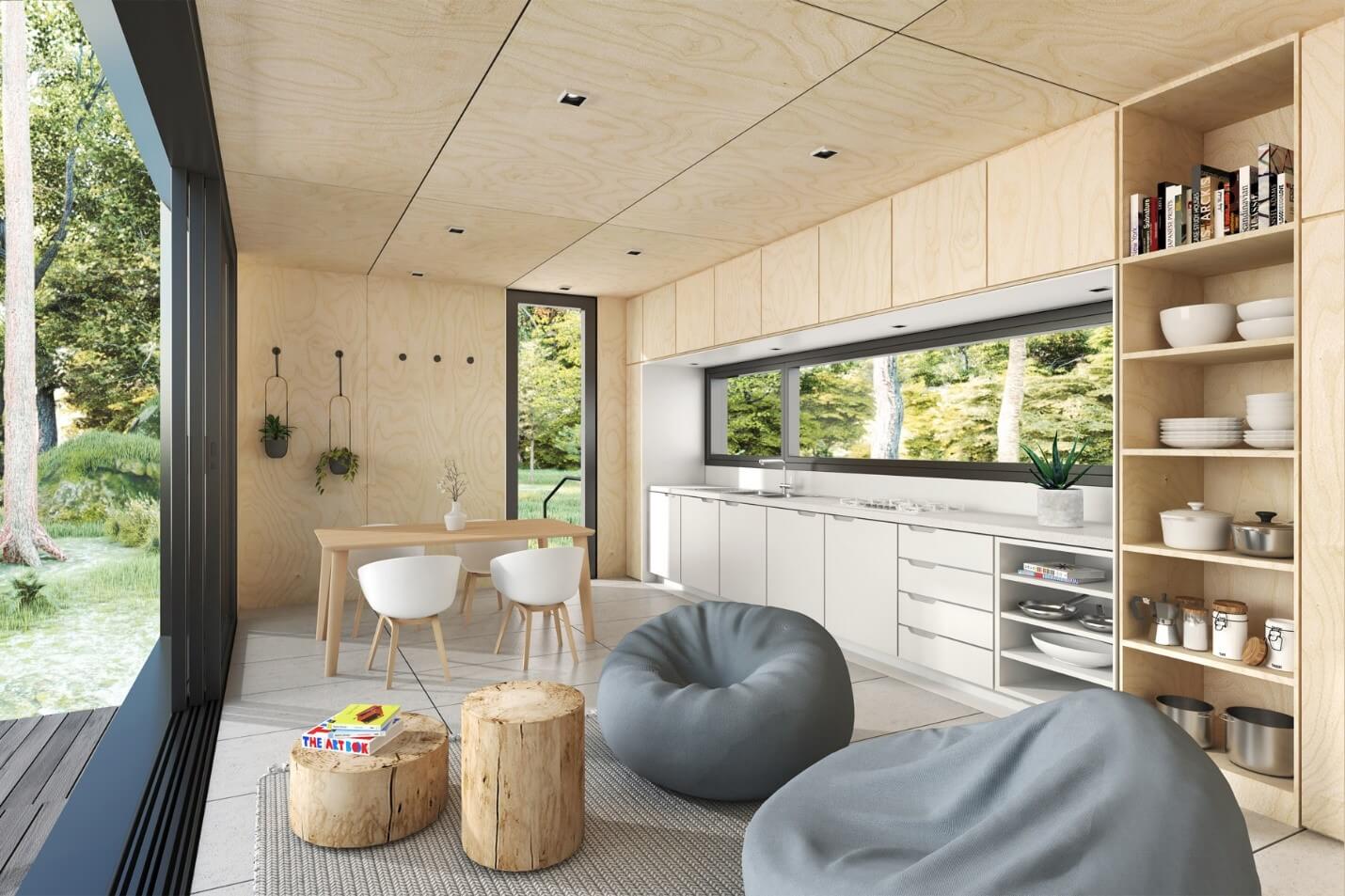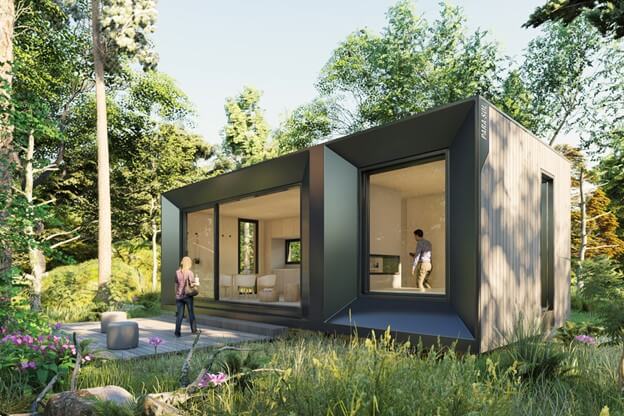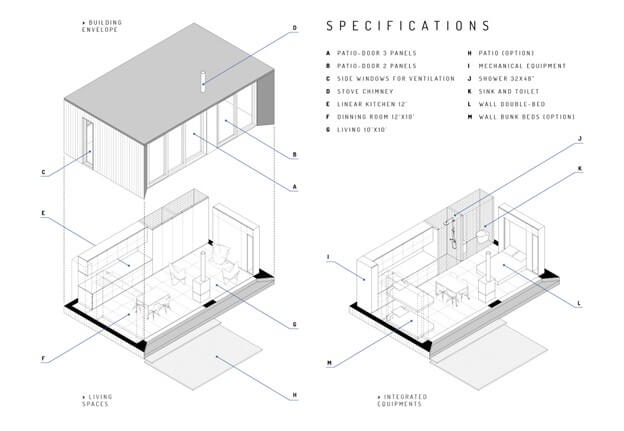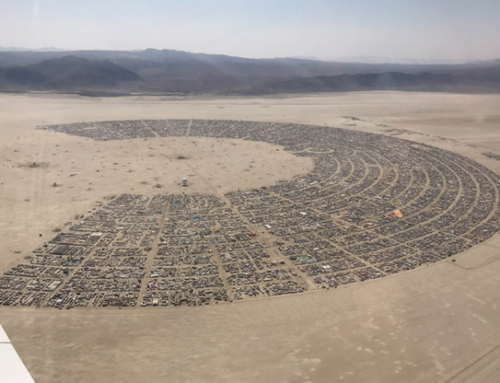How Minimalism evolved over a century?
The term minimalism is becoming wider in concept and broader in scope, taking on a new form than first Modernism.
Minimalists started a century ago to break off from the previous classic design era, removing the storytelling or metaphors from their art and focusing on industrial materials, and simplistic works. (2)
Minimalism in general is about breaking things down to the barest elements necessary for a design to function. It’s about taking things away until nothing else can be removed without interfering with the purpose of the design. (1)
“Less is more” which is probably the most well-known catch-phrase of the minimalist movement, describes the minimalist aesthetic.
Modernism introduced a new way of designing architecture with spacious open floor plans and clean designs free of unnecessary ornament.
It prioritized the function of architecture, while the building shape is formed to reflect its utility and functionality. It used proudly high technology, and mass production to create bigger buildings. The ultimate goal was to built fast and cheap to make architecture, specifically housing, available for all.
This minimalist did not address issues outside the emerging human needs.
The next stage of the history of minimalism saw an ongoing increase in the simple art and simple living movements. The slow food movement was initiated after the opening of a McDonald’s was protested in Rome. It then inspired similar subcultures in other categories like sustainable fashion and travel. (2)
People start to wonder about the quality of life and the fast-going lifestyle.
There must be an evolving approach to simplicity to include wider aspects.
Today’s minimalism is much wider and deeper. It is minimalist in lifestyle. Minimalist living or a minimalist lifestyle is about removing the unnecessary things in your life and living with only what you need. It’s not about living with scarcity. Rather, it is finding the most important things that bring you joy, happiness, growth and productivity through simplicity. It is about changing the whole lifestyle to be minimal. The philosophy of simplicity is ages old but within this generation, it sparked a heightened interest in applying “less is more” as a lifestyle philosophy.
Over the past decade, a flood of minimalist gurus turned philosophy into a trend. Such fads as with 100-item or less challenges; 30-day no shopping contests; 10-things to throw away guides; and so on. (2)
This architecture of living minimally is to be small to the minimum and simple to the bone. It’s anti-clutter and anti-space/energy waste. There is so much value in every cubic inch and so much value in energy consumption. We have to be space/energy conscious.
Minimalist architecture may become so small that it must allow different configurations during the day to be functional. It is flexible in its room size, allowing the interior space to grow by folding and unfolding different parts of the micro building, and changing the purpose of the same furniture multiple times during the day.
It has simple condensed content.
First Modernism introduced a new way to live free of unnecessary ornaments, but today’s minimalism is introducing a new way to live free of unnecessary space and furniture. It aims to make spaces as a serene refuge from the busy life.
The idea of uncluttered and clean small spaces is an important driver behind this minimalist movement, but there is much more. There is a big drive to the primitive lifestyle, using organic and raw materials taken directly from nature. It is anti-industrial.
This architecture has the richness of resembling nature, with a smart multi-purpose mini space and furniture.
According to Lilian H. Weinreich, “Proponents of minimalism believe that condensing the content and form of a design to its bare essentials reveals the true ‘essence of architecture.’’ This is the first minimalism.
Today we believe that condensing content, furniture, appliances, space, and form to its bare essentials reveal the true ‘essence of architecture as part of nature’.
While during Modernism architecture was an opponent to nature, this new Minimalism addresses our long-lasted dismissed belonging to nature.
It is our generation’s answer to our new awareness, and concern of being away from, and abusive of, nature.
1-Cameron Chapman, Principles of Minimalist Web Design 2010,
https://www.smashingmagazine.com/
2-https://minimalism.co/articles/history-of-minimalism
3-Design images from para-sol Architecture and Development:
https://para-sol.ca/en/portfolio/refuge-s500/
